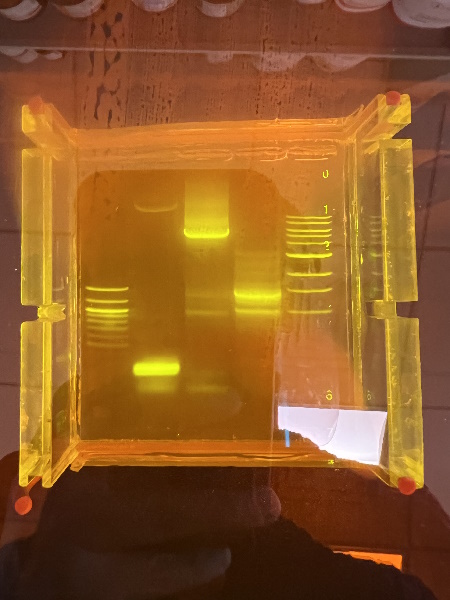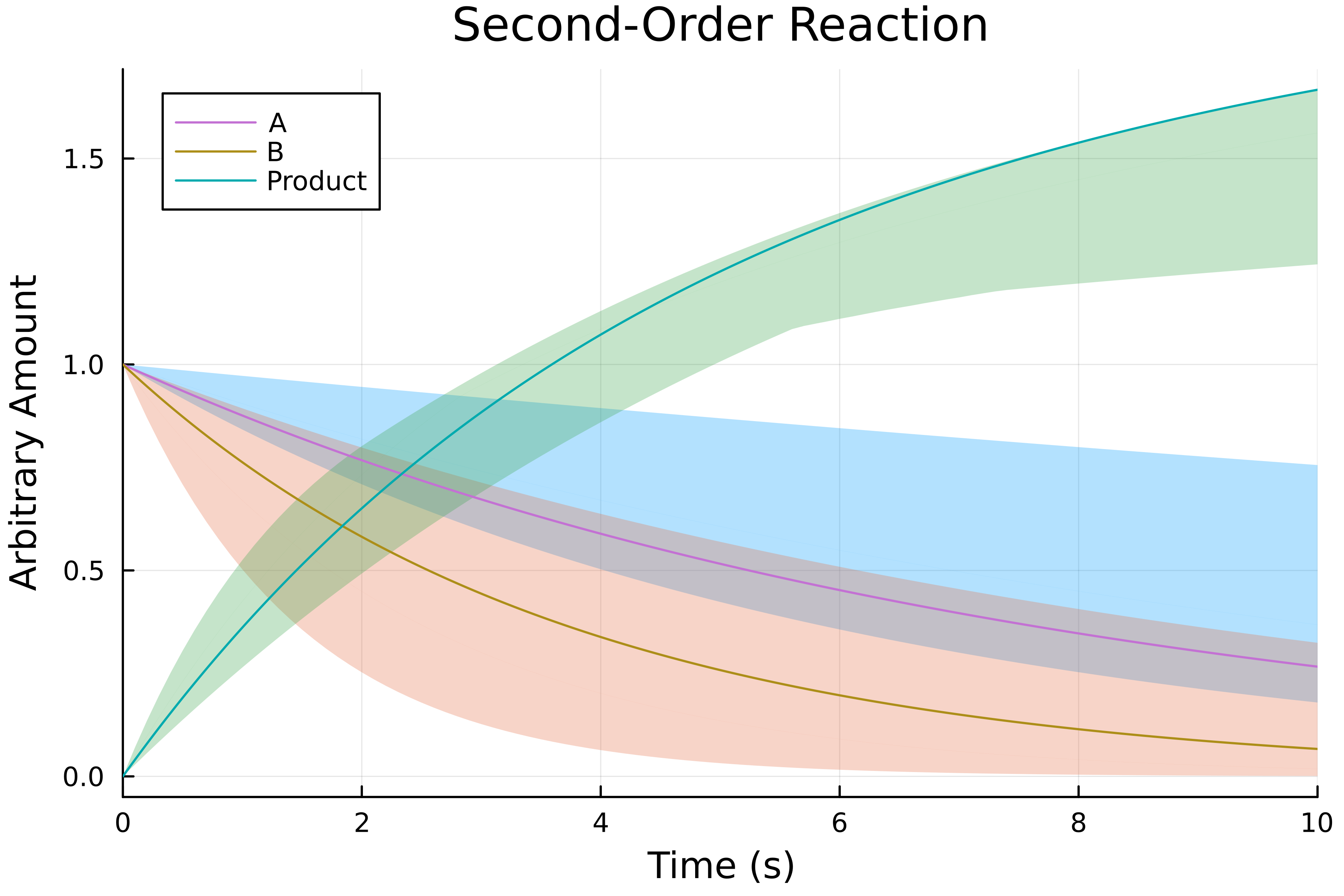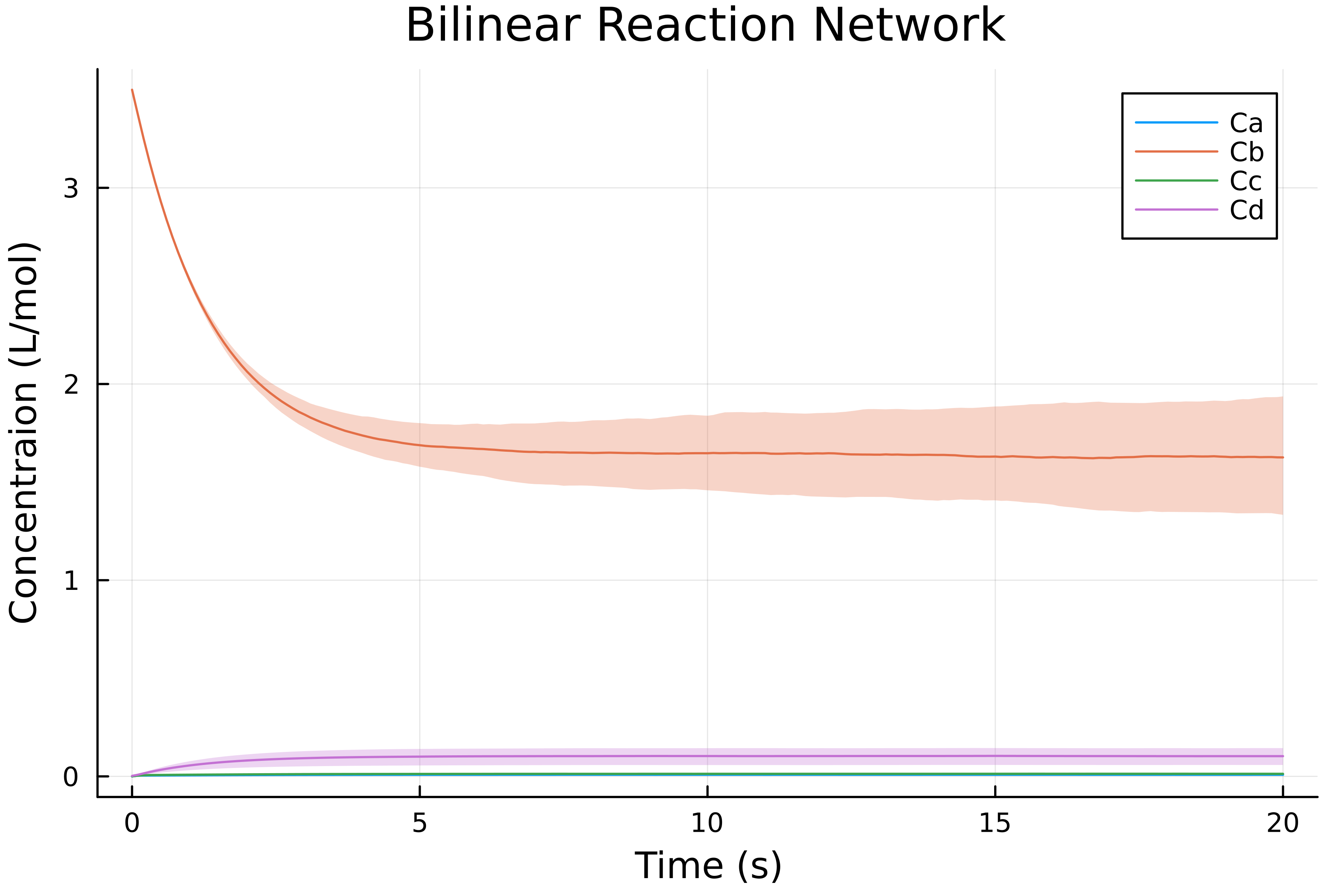Kock Institute for Intergrative Cancer Research At MIT (2024-2024)
Through the UROP program at MIT, I worked in the Sanchez-Rivera labratory that focused primarily on epithelial cell carcinoma.
I performed many experiments on Ba/F3 IL-3 dependent cancer cells. The premise of this experiment was to cultivate different cell lines along with the wild-type under an arbitrary time period to see how the cells responded to presence and absence of IL-3. I completed this experiment myself through many trials and saw that the 'EA' genetic knockout cell line grew without IL-3, suggesting the 'EA' knockout to be a cancerous gene.
Another experiment I did revolved around rapamycin, a substrate involved in binding both fragments of the Cas9 CRISPR protein domain. I conducted an experiment to find the dose curve of rapamycin, by presenting the multiple wells of B-ALL cells with both domains of Cas9 and enforcing conditions of different rapamycin amounts. By using flow cytometry, I was able to formulate a dose curve for rapamycin.
Skills Perfected:
Mouse Handling Certified, Flow Cytometry, Cell Culturing, DNA Polymerase Chain Reaction, Gel Electrophoresis, Western Blot
Photos


